Just open up the pages of any cookbook and you will find dozens of recipes for bean soups, different types of stews, such as our favorite chickpea stew, etc.
But many families limit their consumption of legumes, even though they are a great source of fiber and protein because their stomach feels unwell after consumption.
Experienced cooks are well aware that harmful substances such as saponins are lectins, which are contained in beans and chickpeas, can be easily eliminated simply by prolonged soaking and mandatory disposal of the first water they are boiled in.
Even those chefs who don't know that soaking beans and chickpeas help remove irritating saponins and lectins prefer to soak beans and chickpeas to significantly reduce their time for culinary processing.
Of course, it will not be a problem to boil beans or chickpeas even without soaking them beforehand, but in this case we advise you to arm yourself with time and patience.
The time to soak beans and chickpeas depends on whether you are soaking them in hot or cold water. Soaking in warm water shortens the process, while soaking in cold water usually takes hours.
Many supporters of natural nutrition believe that beans and chickpeas should be soaked not for the whole night, but for longer. They recommend soaking for at least 18-24 hours and changing the water every few hours. But there is no problem if you soak them for a much shorter time.
The water in which you have soaked the beans or chickpeas must be discarded, the products are washed, then new water is added to them and they're boiled. 10-15 minutes after boiling, discard the first water, pour new water and boil the beans and chickpeas until they're ready.
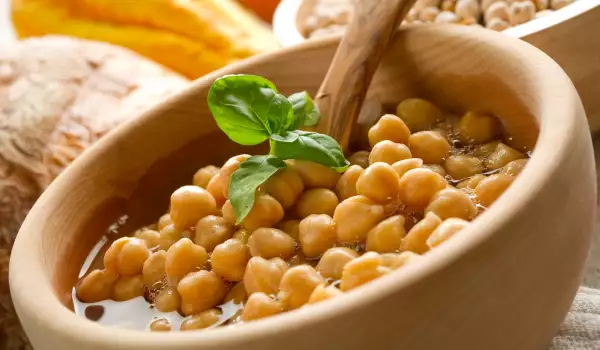
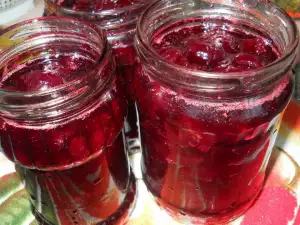

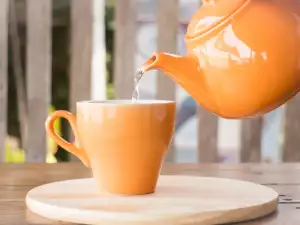
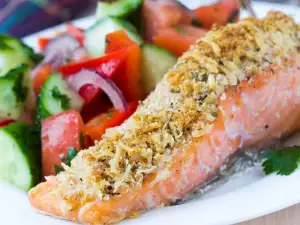
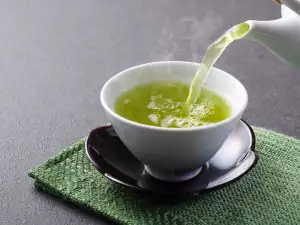


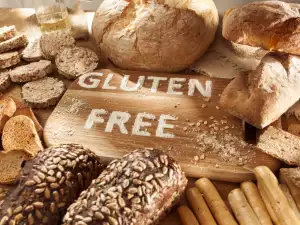
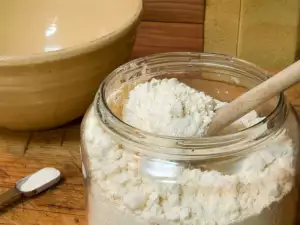
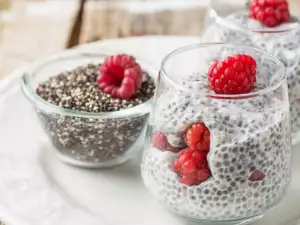

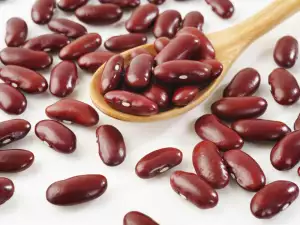
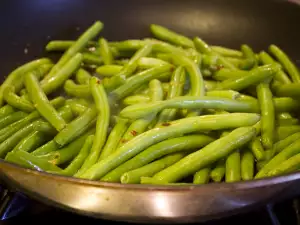
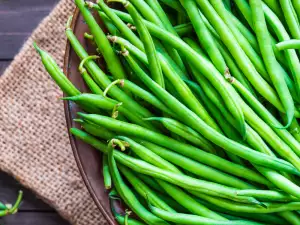
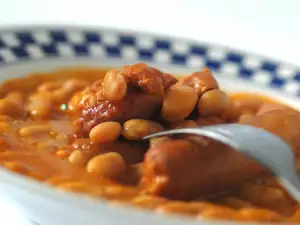



Comments